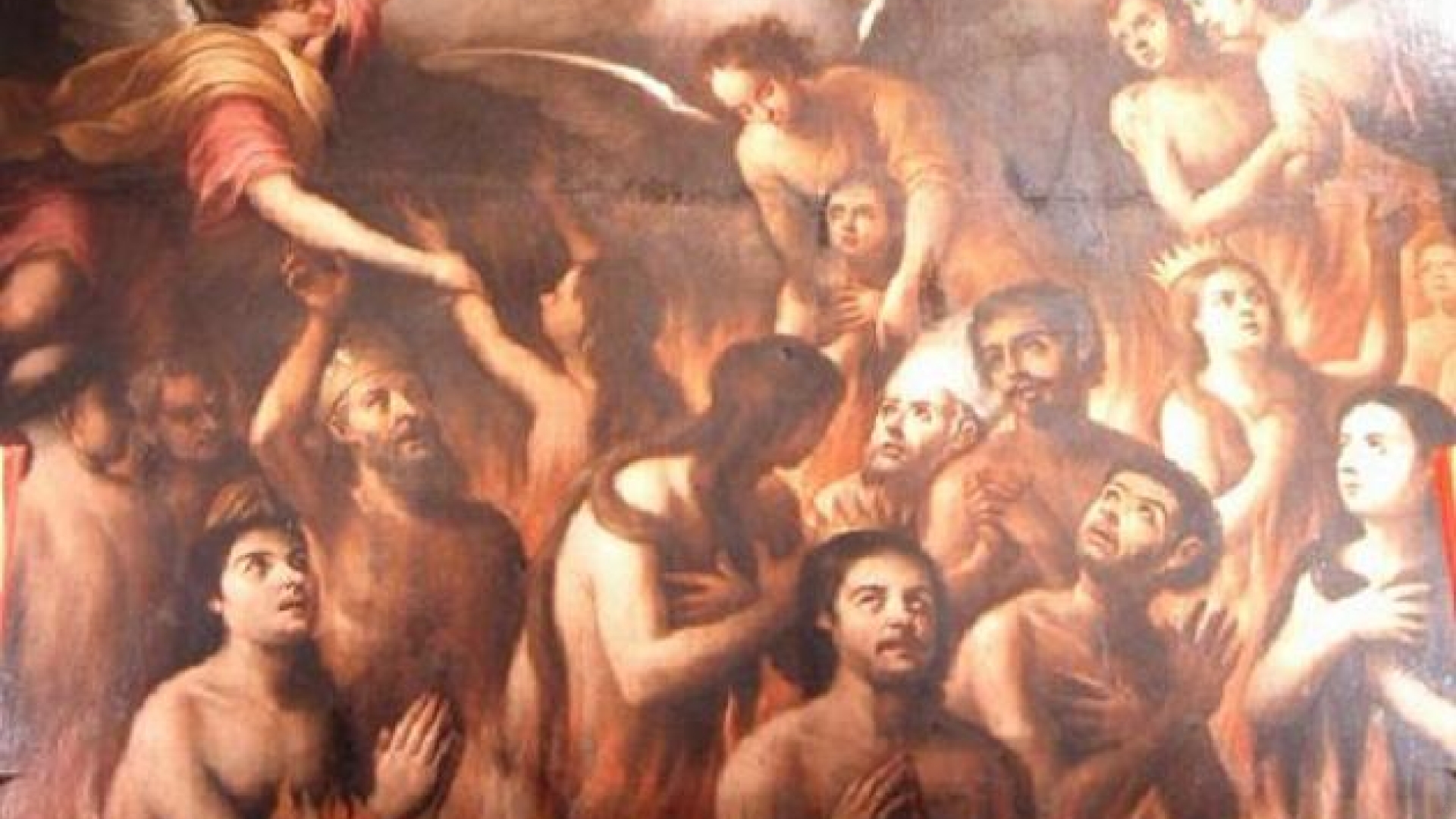Glossary of Terms
Active Member: Registered member of St. Elizabeth Ann Seton Catholic Church
Certificate of Burial Rights: The document by which the Cemetery conveys a right of interment, entombment or internment for burial space. It is in effect a receipt for full payment and describes location of and extent of easement rights for burial.
Columbarium: A structure or arrangement of niches, either inside or outside with solid (granite or marble) or glass fronts, for in internment of cremated remains. Our niches are designed to accommodate two cremation urns.
Cremains: A shortened, elided version of cremated remains.
Cremated Remains: The bone fragments (six to eight pounds for an average adult) that are left after the cremation process. Cremation does not result in ashes as much as small bone fragments which can subsequently be pulverized into a coarse powder.
Cremation: The reduction, through extreme heat and evaporation, of the human body to its basic elements. Cremation is a means of preparing the human body for disposition and memorialization. State governments consider cremation to be final disposition of a human person, but the Roman Catholic Church does not.
Crematory: An establishment containing a furnace (called a retort) used for the cremation of human remains. A crematory may be owned by or deal directly only with funeral homes, or may have open access to the public. Also called a crematorium.
Direct Burial: The transfer of a body from the place of death to the funeral home. It is in a casket and then delivered directly to the burial site without public viewing or services. This practice is discouraged in Catholic parishes and cemeteries according to the preference and tradition of the Roman Catholic Church.
Direct Cremation: The transfer of a body from the place of death to the funeral home. It is placed in a container and delivered directly to a crematory without public viewing. Services may or may not be held afterward. This practice is discouraged in Catholic parishes and cemeteries by the preference and tradition of the Roman Catholic Church.
Disentombment: The removal of human remains from a crypt for the purpose of burial in another location.
Entombment: The placement of the body in a casket above ground in a mausoleum crypt.
Indult: Special exception granted by the Diocese for the body not be present at the funeral
Inter: To bury a body or cremated remains in the earth or above ground.
Interment: The act of burial
Interment Services: Those services involved in preparing the interment site for use. Generally includes such items as opening and closing the burial site, staffing and administration, establishment and maintenance of permanent burial records and the use of necessary equipment, facilities and accessories.
Interment of Cremains: The placement of cremated remains in a grave, crypt or niche, usually after being placed in an urn.
Niche: A shelf-like space in a mausoleum or columbarium structure used for the interment of cremated remains. Urns are placed in these niches as a final resting place for cremated remains. Niches come in different sizes and front materials. Urns should be sized to fit inside the typical niche.
Perpetual Care: The maintenance of the Columbarium and Memorial Garden grounds to include the lawn, flowers and granite.
Pre-need: The selection and payment of interment rights, cemetery services and products before the time of death.
Pre-need Customer: An individual who arranges for funeral goods, funeral services, burial site goods, or burial site services prior to the death of that individual or another individual, and who funds those goods or services through prepayment to a funeral provider or through purchase of an insurance policy.
Rite of Committal: The prayer service that concludes the Order of Christian Funerals, following the Vigil and the Mass of Christian Burial. It completes a journey that began at birth and a journey that began at the deathbed. Also called the Rite of Committal, it takes place at the cemetery at the place of burial (grave, crypt or niche) or in a chapel.
